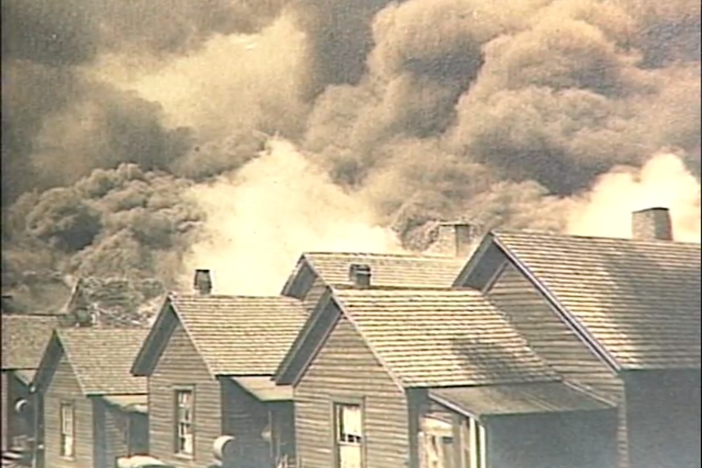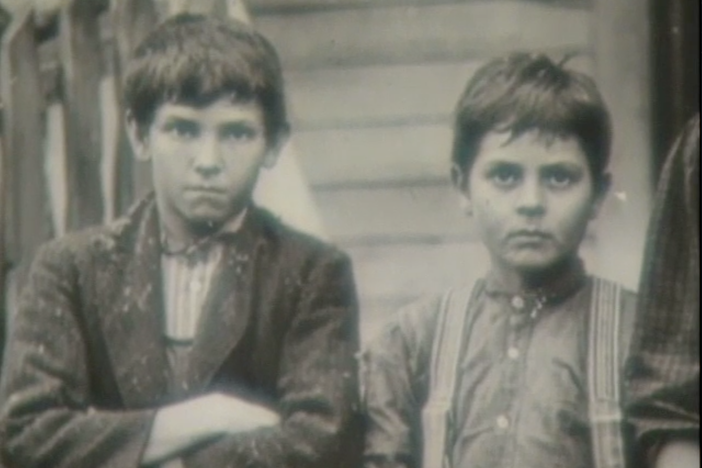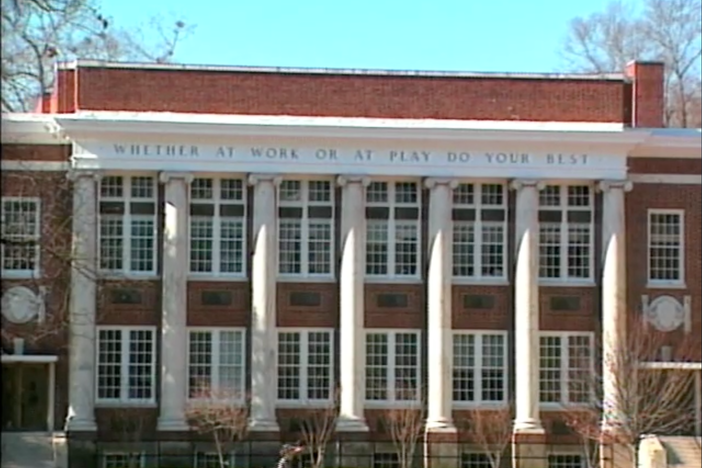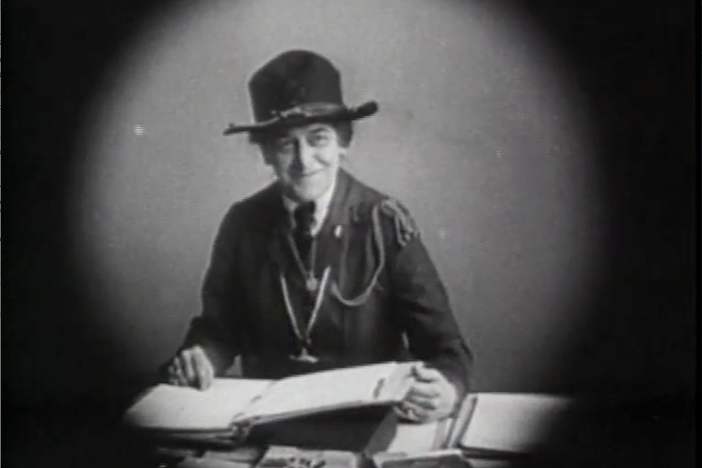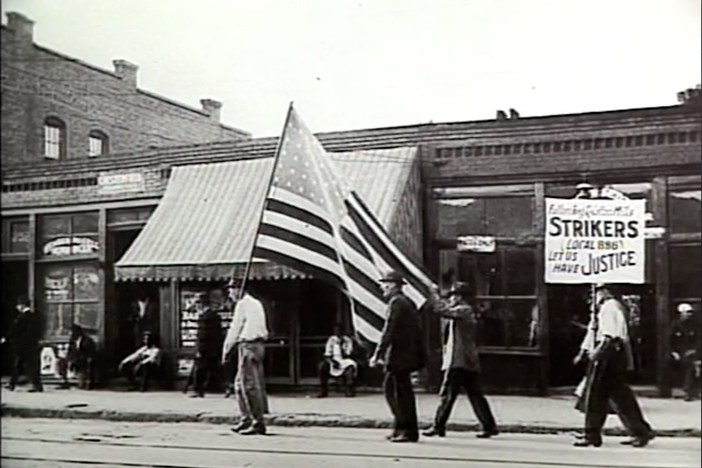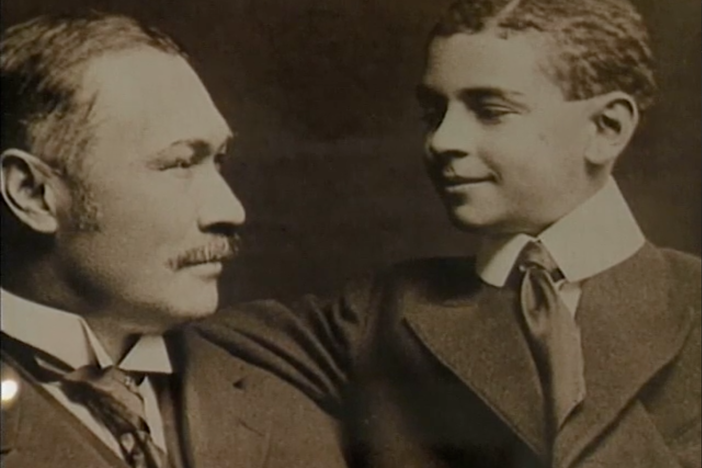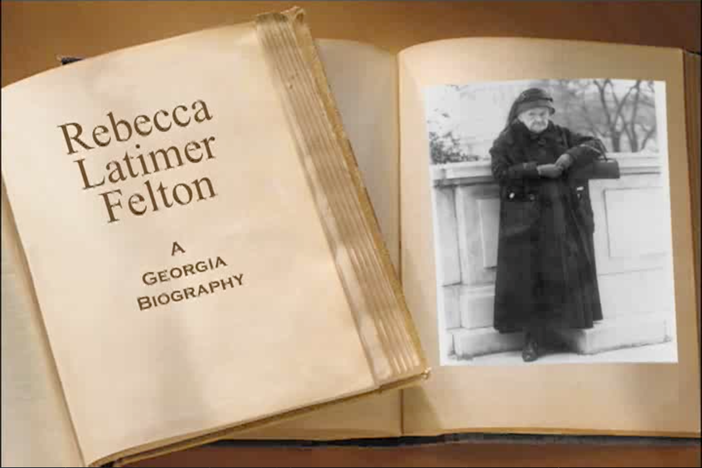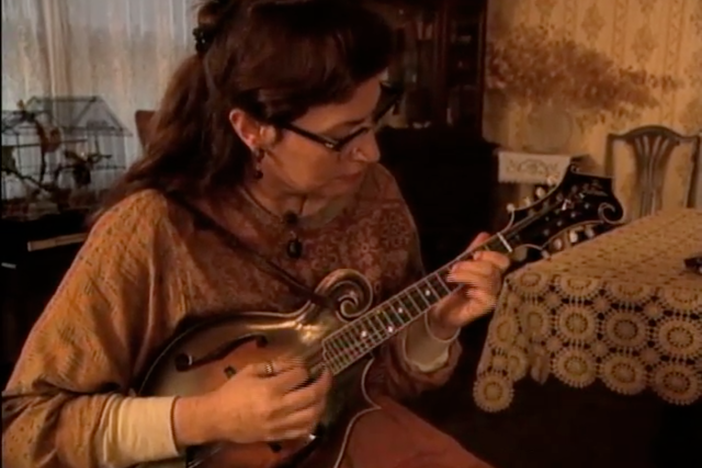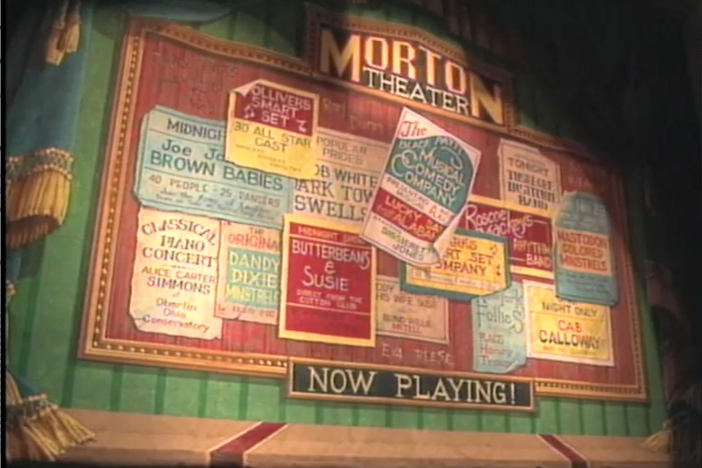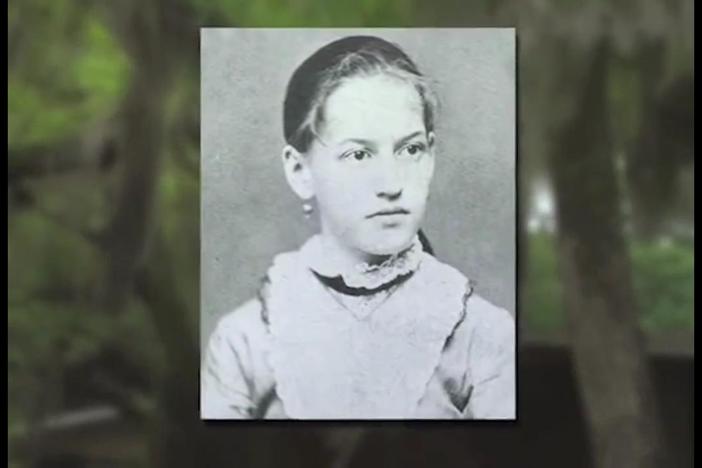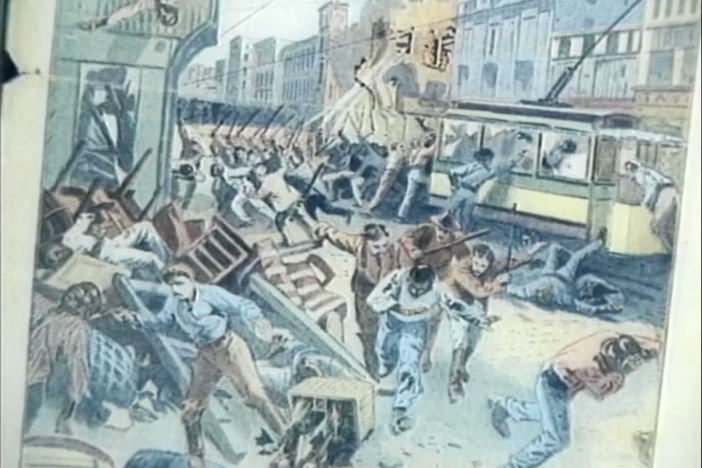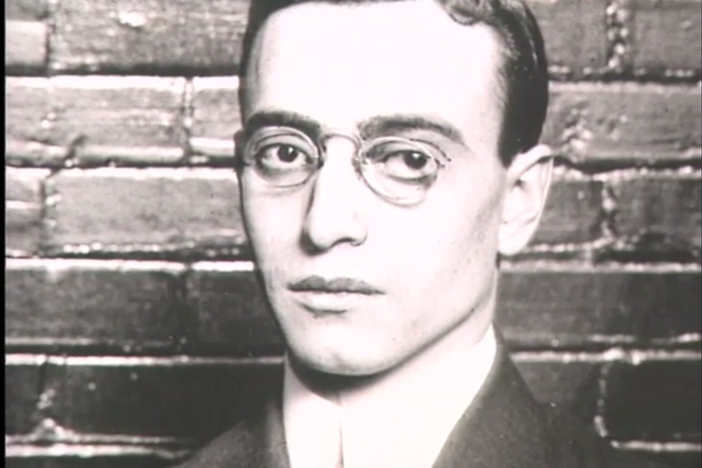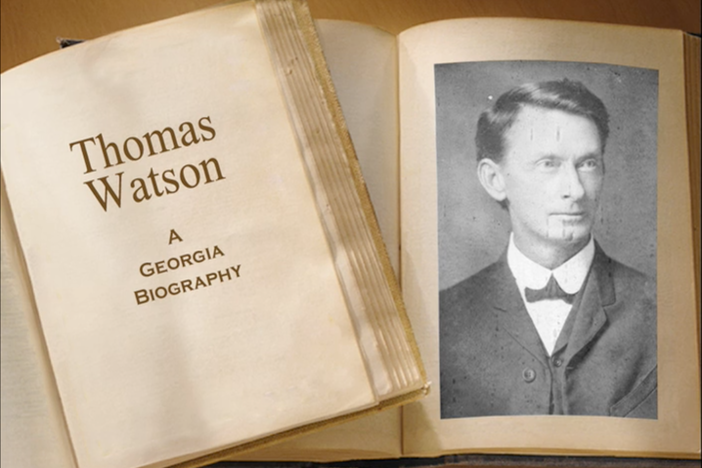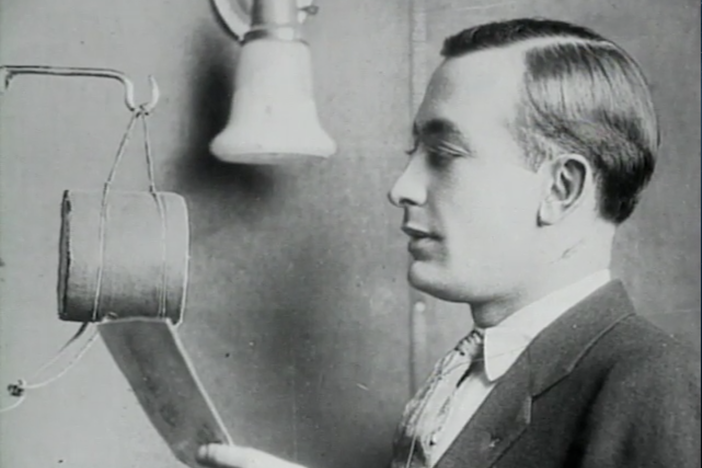The Atlanta Race Massacre of 1906
A racist governor, sensationalized headlines, and Jim Crow laws sparked rage in a mob of White men who randomly beat and killed Black men in Atlanta. Historian Cliff Kuhn and Carole Merritt, director of Herndon Home, examine the causes and consequences of the Atlanta Race Massacre of 1906.
The Atlanta Race Massacre of 1906
A racist governor, sensationalized headlines and Jim Crow laws sparked rage in a mob of White men who randomly beat and killed Black men in Atlanta. Historian Cliff Kuhn and Carole Merritt, director of Herndon Home, examine the causes and consequences of the Atlanta Race Massacre of 1906.
Social Studies
Analyze how rights were denied to African Americans or Blacks through Jim Crow laws, Plessy v. Ferguson, disenfranchisement, and racial violence, including the 1906 Atlanta Riot.
1. How do the events leading up to the Atlanta Race Massacre of 1906 demonstrate the role media can play in society?
2. Why was Alonzo Herndon's barbershop specifically targeted during the massacre?
3. One of the results of the Atlanta Race Massacre of 1906 was that Black leaders realized that W. E. B. Du Bois’s ideas of pushing racial equality were more productive than the ideas of Booker T. Washington. Explain why the massacre made Du Bois’s ideas more popular.
1. Describe conditions in 1906 for black and white Americans. Define the word “tolerance” and discuss how tolerance among political leaders may have helped prevent the 1906 race massacre.
assault: a violent onset or attack with physical means, such as blows and weapons; an onslaught; the rush or charge of an attacking force; as, to make an assault upon a man, a house, or a town
constitutional: in line with the fundamental, organic law or principles of government of men, embodied in written documents, or implied in the institutions and usages of the country or society
derogatory: tending to derogate, or lessen in value; expressing derogation; detracting; injurious. Often refers to injurious comments or words
discriminate: to treat unequally; to separate from another by discerning differences
disenfranchise: to disfranchise; to deprive of the rights of a citizen
gubernatorial: pertaining to a governor, or to the government
Jim Crow laws: laws developed specifically to restrict African Americans and promote racial segregation
1. How do the events leading up to the Atlanta Race Massacre of 1906 demonstrate the role media can play in society?
Media often have a huge influence on people and their opinions and perceptions of events. With racist newspapers exaggerating and sensationalizing stories about Black men harming White women, White men became enraged and ultimately attacked and killed many African Americans. Had the newspapers not printed these false stories, it is possible that the massacre would have never happened.
2. Why was Alonzo Herndon's barbershop specifically targeted during the riot?
Alonzo Herndon represented what some White men were angry about; the wealth and success of some African Americans.
3. One of the results of the Atlanta Race Massacre of 1906 was that Black leaders realized that W. E. B. Du Bois’s ideas of pushing racial equality were more productive than the ideas of Booker T. Washington. Explain why the massacre made Du Bois’s ideas more popular.
The unequal treatment of Black people by White newspapers and employers, which were the beginnings of the massacre, caused Black people to rethink their place in society. African Americans realized that they would not achieve racial, educational, or social equality unless they forced the issue. Du Bois helped found the NAACP for the express purpose of introducing legislation that would advance people’s thinking that equality in the United States Constitution meant everyone; not just White people. After the massacre in Atlanta, people felt that Booker T. Washington’s ideas would be less effective at promoting equality for Black Americans. Washington wanted Black people to be prepared educationally to “exercise … these privileges” of equality with White people. He knew that it would be a “severe and constant struggle rather than of artificial forcing ….”
